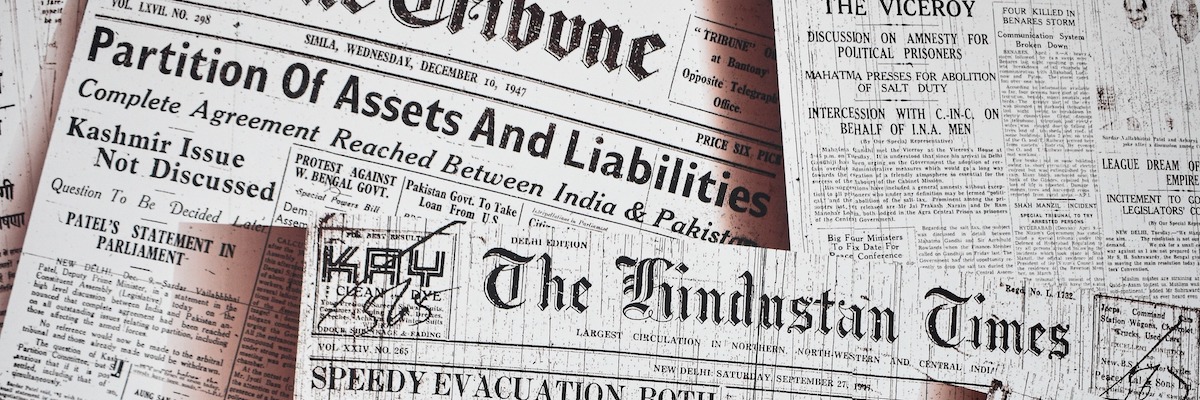
April 28, 2022
The future of PR, part 1: What PR’s past says about where it’s going
Caira Conner
In October of 1906, an American Harvard Law School dropout named Ivy Lee was hired by the Pennsylvania Railroad Company to explain to the public what had happened during a fatal train accident. Lee, a former stringer for The New York Times, had left his reporting job and was now something of a go-to for corporate crisis communications. He’d started a public relations firm—one of the first in the United States—and published Declaration of Principles, the now-seminal explainer on the foundations of PR work. The press brief Lee wrote for the Pennsylvania Railroad detailed how every effort was being taken to source the cause of the wreck, and that the general manager of the company himself was supervising the investigation. Lee’s statement on behalf of his client was printed in The New York Times just a few weeks later, on October 30; America’s first ever press release had come to life.
Whereas Lee insisted that PR was an “art form”, and inherently unmeasurable by nature, the other early behemoth of the industry, Edward Bernays, nephew of one Sigmund Freud, considered public relations to be an applied social science. In Edward Bernays’s first manifesto, Crystallizing Public Opinion, he called for a serious, robust approach to measurement. (As scholarly papers throughout the years have noted, however, he still seemed to have trouble identifying which metrics would be best for proof of efficacy.)
Anecdotes from the early days of PR undoubtedly seem rather quaint to the modern PR professional. There was the Roosevelt Administration’s tally of newspaper mentions to gauge public perception. Agencies would present the size of “newspaper column inches,” and the sentiment therein—multiplied by the circulation of each newspaper—as evidence of their relative success or failure in presenting a positive image of their clients’ work and brand.
As technology evolved, physical stacks of press clippings gave way to minutes on radio and television, all with a similar formula: the size of the coverage multiplied by the size of the audience. The same was true as the internet emerged—since readership couldn’t be measured, PR professionals were left to estimate the number of “impressions” any given mention might have received, cut with 21st-century tools like social-media listening and sentiment analysis (which is to say, who’s tweeting about us, and what are they saying?).
But today, the industry has reached a long-awaited inflection point: we can finally venture beyond impressions and clip counts. We can measure the exact number of readers to any given piece of earned media. We can understand real, not estimated, reach.
PR will always be rooted in the art of persuasion. It will always be about the process of changing minds and beliefs—Lee’s pride of art need not be diminished. But we can, finally, answer the question that eluded even the mighty Bernays: How should we measure PR?